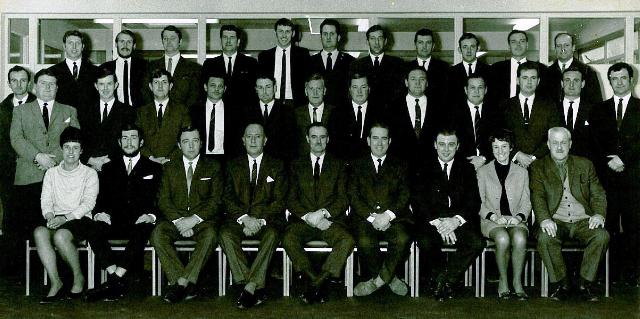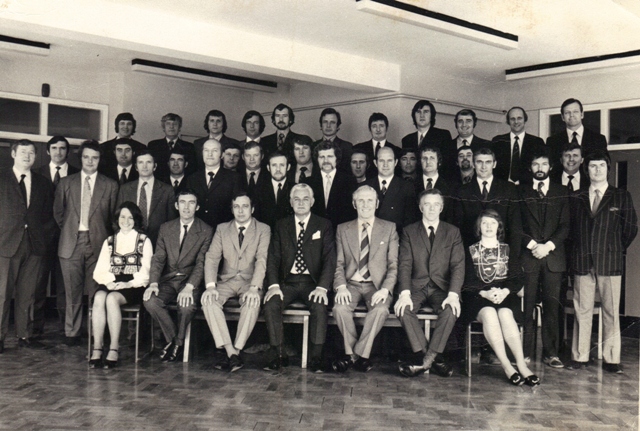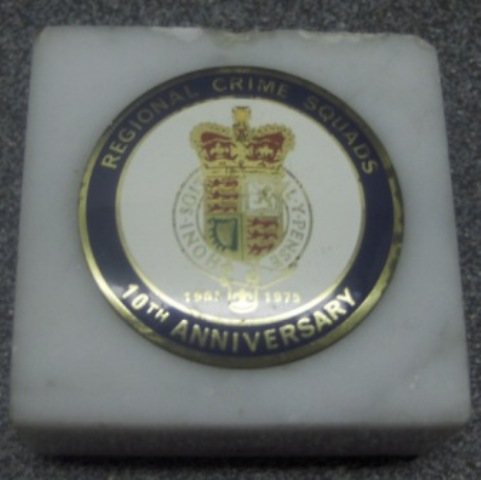REGIONAL CRIME SQUAD by bill morris d/supt., retired
REGIONAL CRIME SQUAD
The Police Act of 1964 formed the basis for the formation of Regional Crime Squads and they actually came into being in 1965, with each of the 9 Police Regions of England and Wales having officers seconded into these squads and based at branch offices established across each of the Regions.
Each Region had a Regional Co-ordinator a Detective Chief Superintendent and in the case of Number 1 region of which Liverpool was part, this individual was based at Salford and in later years Bill Lumsden, QPM and David Olson, QPM both Liverpool Detectives performed this role.
The National Co-Ordinator for Regional Crime Squads was based in London; probably the most well known person to perform this role was Leonard “Nipper” Read who had an outstanding reputation for dealing with organized crime and gangs and was famously known for dealing with the Krays.
The central function of Regional Crime squads was “to identify and arrest those responsible for serious criminal offences which transcend force and regional boundaries”
At the request of Chief Officers Detectives could also be requested to assist with Force enquiries particularly murder enquiries and other major crime investigations.
The Regional Crime Squad Liverpool Branch office which was established in the 1960’s was originally based at Hardman Street which at that time was the Force Headquarters; officers were also seconded from local forces, as they were for the old Special Section.
Other Branch Officers were also established over the years at Runcorn, Hawarden, Caernarvon to name a few and officers from Liverpool and later Merseyside were subsequently seconded to some of these offices.
To deal with the travelling and organized gangs Regional Crime Squad Officers were all surveillance trained and also authorized firearms officers, they had the most update surveillance equipment such as radios, personal and car to car, other technical equipment, and of course motor vehicles.
As well as high powered unmarked cars they also had surveillance vans, taxis and motor cycles. At Liverpool motorcyclists from the traffic Department were seconded to the squad, and the worth of these officers during surveillance operations can never be underestimated.
In the 1970’s the Liverpool Branch Office moved to St. Anne Street Police Station and in the 1980’s were further relocated to Admiral Street Police Station, by now the work of the Regional Crime Squad was not just confined to the United Kingdom with officers regularly travelling abroad and working closely with Customs Officers and local Police Forces to target Merseyside criminals who were heavily involved in organized crime particularly drug importation.
In the 1990’s the Liverpool Branch Office moved away from Admiral Street Police Station and into an industrial Unit on the outskirts of the City.
In 1998 Regional Crime Squads were absorbed into the National Crime Squad and on 1st April 2006 the National Crime Squad merged into the Serious Organized Crime Agency (SOCA).
Over the years the Liverpool Branch Office has been involved in numerous high profile and well publicized successful enquiries, encompassing murders, armed robberies and high value drug importation cases.
Bill Morris
20th October 2011
David William OLSON, Detective Chief Superintendent,
Merseyside Police.
William Irving LUMSDEN, Chief Superintendent,
No. 1 Regional Crime Squad.
You may also be interested in reading >>>>> Hope Street Seige




